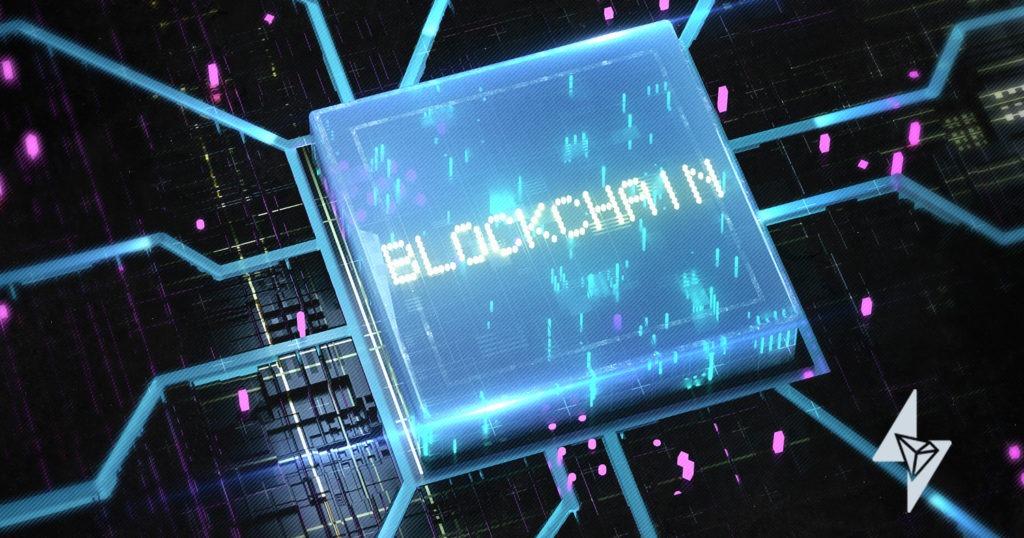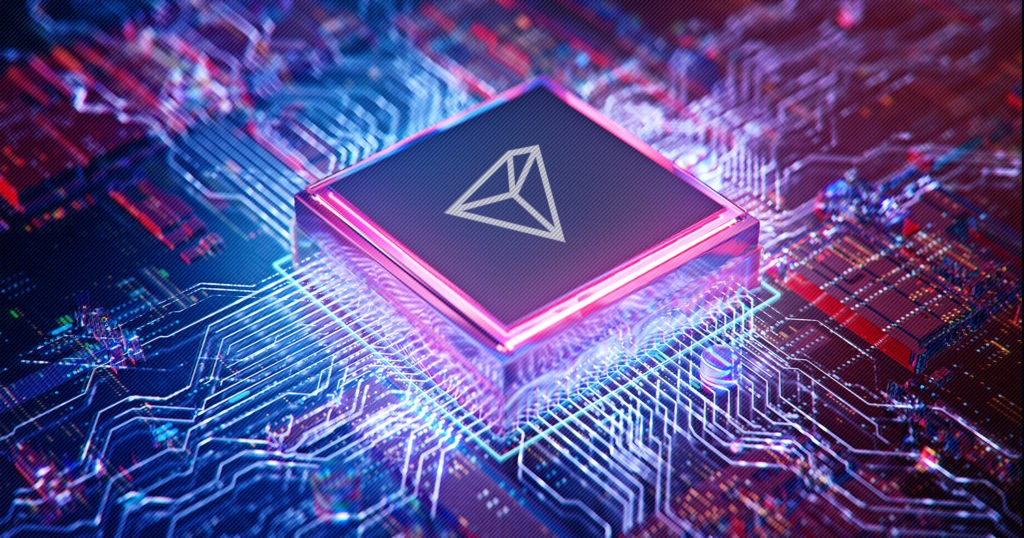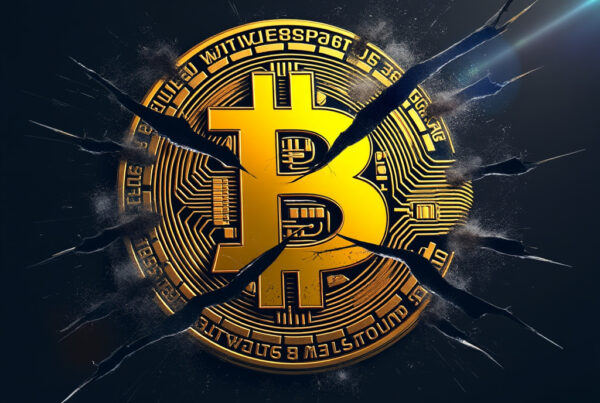Have you ever heard of hard forks? Imagine two trains heading to the same station on the same track and at one point, one of the trains decides to take another track somewhere else. The same thing happens with blockchain. A hard fork is a permanent alternate version of the blockchain, meaning that the previous version won’t be accepted by that alternate network. Tron will launch their 3.5 hard fork upgrade and Ethereum will also have its hard fork called Constantinople and St.Petersburg. Both hard forks, Tron’s and Ethereum’s, will take place on February 28th. Yes, tomorrow!

TRON ODYSSEY 3.5 : THOUGHT FOR INSTITUTIONS
So far Tron has had a great start to the year. Tron is leading the DApps competition among all other cryptocurrencies that use Smart Contracts. From the BitTorrent ICO to the current date, BTT’s price has spiked up at least 600%. It seems that Tron is leading in every aspect which makes you wonder, what could go better?
Tron will launch 3.5 hard fork upgrade that will include the following features:
- Multi-Signature and Account Management : This is a feature that requires multiple signatures or authorizations in order to make a transaction. Think of a company that wants to accept TRX for international trades or a couple sharing the same wallet. I don’t like the latter idea. Either way, this is big for institutional adoption.
- Dynamic energy adjustment to real-time network performance : This feature will help developers by streamlining energy availability with energy consumption.
- Performance boost up to 50%
- TVM safety improvements, events server for DApps : built to encourage more developers to create DApps in Tron’s network. Events server will help developers to easily test out their smart contracts. Also TVM is moving to WebAssembly in order to support more programming languages rather than being solidity the only one available to program smart contracts.

In conclusion, Tron will keep with its vision for mass adoption as this major update will be focused on putting Tron in the eyes of various institutions as well as developers.
Justin Sun stated the following:
Multi-sig, acct mng and custody are three major requirements from institution. Recently we have received numerous demands from hedge funds, mainstream investors and financial institution. With 3.5 upgrade and the partnership with @BitGo, #TRON is ready! #TRX $TRX https://t.co/w95p3Jy4tN
— Justin Sun (@justinsuntron) February 24, 2019
CONSTANTINOPLE AND ST.PETERSBURG
Ethereum decided to give this upgrade two names as the original Constantinople upgrade was postponed, and two upgrades must take place at the same time in order to fix some errors. The upgrade is scheduled to be at block 7,280,000 which can be tracked here.

CONSTANTINOPLE
- Bitwise shifting instructions in EVM : bitwise shifting operators instructions will consume 3 gas. This will allow to do easier and cheaper things on the chain.
- Skinny CREATE2: this will allow to interact with addresses that have yet to be created.
- EXTCODEHASH opcode : returns keccak256 hash of a contract’s code and will require less gas to do certain things on the chain.
- Difficulty Bomb Delay: average block times are increasing that will lead to the “ice age” and it’s slowly accelerating. This feature will delay the difficulty bomb for at least 12 months before proof of stake (PoS) is implemented.
ST.PETERSBURG
Constantinople was applied to test networks. In order to upgrade, changes need to be reverted within a 2nd network. This feature is St.Petersburg.
THE REALITY BETWEEN THE TWO UPGRADES
As Tron seems to be dedicating more time to improve UI and ease of use in order to attract developers and institutions, Ethereum seems to be solving conflicts before PoS implementation. In other words, Ethereum hard fork will solve issues rather than make big improvements. Of course, cheaper costs on chain operations is a plus, but Ethereum is still tied down to its archaic and complicated system.
As for TRX holders, for every hard fork there is nothing to do but wait for the update; only the nodes need to perform or implement the update. As for Ethereum, every solo miner should be aware of updating Ethereum’s client. If this update is not made correctly, the miners will be on the wrong chain and will not receive nor confirm any transaction.

DIFFICULTY BOMB HAS BEEN DEFUSED?
Not quite yet. The main idea of this hard fork is to delay the difficulty bomb for 12 months in order to implement Proof of Stake protocol. So now Ethereum has a race against its own blockchain, if they keep delaying the Casper hard fork which implements PoS, the blockchain will end up in an “ice age”. The Ice Age is programmed to increase mining difficulty exponentially and thus will freeze the blockchain (once in ice age, PoS cannot be applied). While Ethereum keeps solving problems like this, Tron has more space to research about new possible improvements and campaigns for mass adoption. One is fighting against its own blockchain and the other is fighting against centralization as cryptos were intended to do.
HOW THE MARKET WILL REACT
My guess is that both cryptocurrencies are going to see a price increase. Recently, Ethereum regained it’s second position in the rankings. On the other side, Tron is competing close to Stellar by a difference of about 50 million in market cap. After Odyssey 3.5, we could probably see a price increase and hopefully Tron can move a few notches up on the rankings. After all, Tron keeps cementing itself as one of the players to beat.






Comments